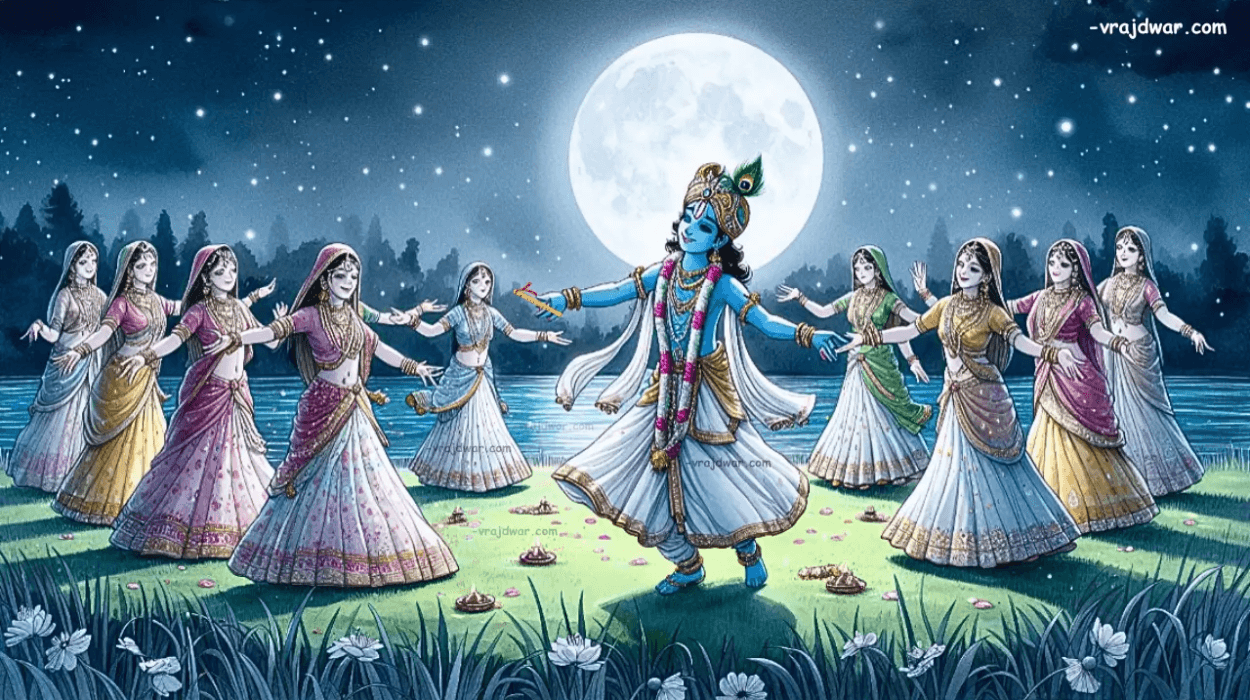Sharad Purnima, also known as Kojagari Purnima, is a significant Hindu festival celebrated on the full moon day (Purnima) in the Hindu month of Ashwin (September-October). It marks the end of the monsoon and the beginning of the harvest season in India. This day holds immense religious and cultural importance, symbolizing prosperity, good health, and spiritual enlightenment. Let’s explore the significance, traditions, and rituals associated with this celestial festival.
The Astronomical Significance of Sharad Purnima
On the night of Sharad Purnima, the moon is believed to be at its brightest and closest to the earth. According to Hindu astrology, the moon on this day is full of special healing properties. It is believed that the moonlight on Sharad Purnima has an elixir-like effect that can rejuvenate the body and mind. Ancient scriptures describe how the moon’s rays on this night can positively impact health, providing peace and tranquility to devotees who bathe in its light.
Mythological Importance of Sharad Purnima
The Legend of Goddess Lakshmi
One of the most popular legends associated with Sharad Purnima is the story of Goddess Lakshmi, the goddess of wealth. It is believed that on this night, Lakshmi descends to earth, blessing those who remain awake and worship her with prosperity and good fortune. Devotees stay up all night, singing hymns and prayers in her honor. In many parts of India, the festival is also known as Kojagari Purnima, derived from the phrase “Ko Jagarti?” meaning “Who is awake?” It is believed that Goddess Lakshmi roams the earth and blesses those who remain awake on this night.
Krishna and the Gopis: The Divine Dance
Sharad Purnima is also connected to Lord Krishna and the Raas Leela with the Gopis (milkmaids). According to Hindu mythology, on this auspicious night, Lord Krishna performed the Raas Leela, a divine dance, with the Gopis of Vrindavan. The full moon night of Sharad Purnima is said to represent the eternal love between Krishna and his devotees, symbolizing unity, devotion, and the pure love of the soul for the divine.
Rituals and Celebrations of Sharad Purnima
Preparing and Consuming Kheer
One of the key rituals of Sharad Purnima is the preparation of Kheer, a sweet rice pudding made with rice, milk, and sugar. It is a traditional offering to the moon and is left outside under the moonlight. According to belief, the rays of the full moon infuse the kheer with healing properties, making it a divine prasad (offering) that is consumed by devotees the following morning.
Fasting and Night Vigil
Many devotees observe a day-long fast on Sharad Purnima and break it only after worshipping the moon at night. It is also customary to stay awake throughout the night, engaging in prayers, singing devotional songs, and meditating. The night vigil is symbolic of spiritual awakening, where one remains conscious of divine energies flowing through the moonlight.
Moon Worship
Worshipping the moon is an essential aspect of Sharad Purnima. Devotees offer prayers, flowers, and water to the moon, seeking blessings for good health, happiness, and wealth. Special pujas are performed, where people decorate their homes, light oil lamps, and offer food to deities, particularly Lakshmi and Krishna.
Regional Variations in Celebrations
Sharad Purnima is celebrated with slight variations in different parts of India. In the western states of Gujarat and Maharashtra, people gather for community celebrations, where they participate in singing, dancing, and devotional activities. In West Bengal and Odisha, Sharad Purnima is observed as Lakshmi Puja, with people decorating their homes and worshipping the goddess of wealth.
In some regions, the night is also associated with the celebration of Kumar Purnima, where young girls pray to the moon for a good husband, similar to how Goddess Lakshmi was blessed with Lord Vishnu as her consort.
The Scientific Angle: Moonlight and Health
While the spiritual significance of Sharad Purnima is profound, modern science has also explored the benefits of moonlight. Some researchers suggest that moonlight, particularly on full moon days, can have a calming effect on the nervous system. The practice of sitting under the moonlight may help reduce stress and promote mental well-being.
Sharad Purnima and Agriculture
Sharad Purnima marks the end of the rainy season and the beginning of the harvest period. It is a time of abundance, and farmers celebrate the successful completion of the monsoon crops. The festival is a way of expressing gratitude to nature for the bountiful harvest, and it signifies the beginning of festivities that continue with Diwali, the festival of lights.
Conclusion: A Night of Divine Bliss and Prosperity
Sharad Purnima is a festival that beautifully blends spirituality, mythology, and the celebration of nature. It is a night where the moon blesses the earth with its radiant light, and devotees connect with the divine through fasting, worship, and devotion. Whether through the legend of Goddess Lakshmi’s blessings or Krishna’s Raas Leela, Sharad Purnima continues to inspire devotion and celebrate the harmonious balance between nature and the divine.







